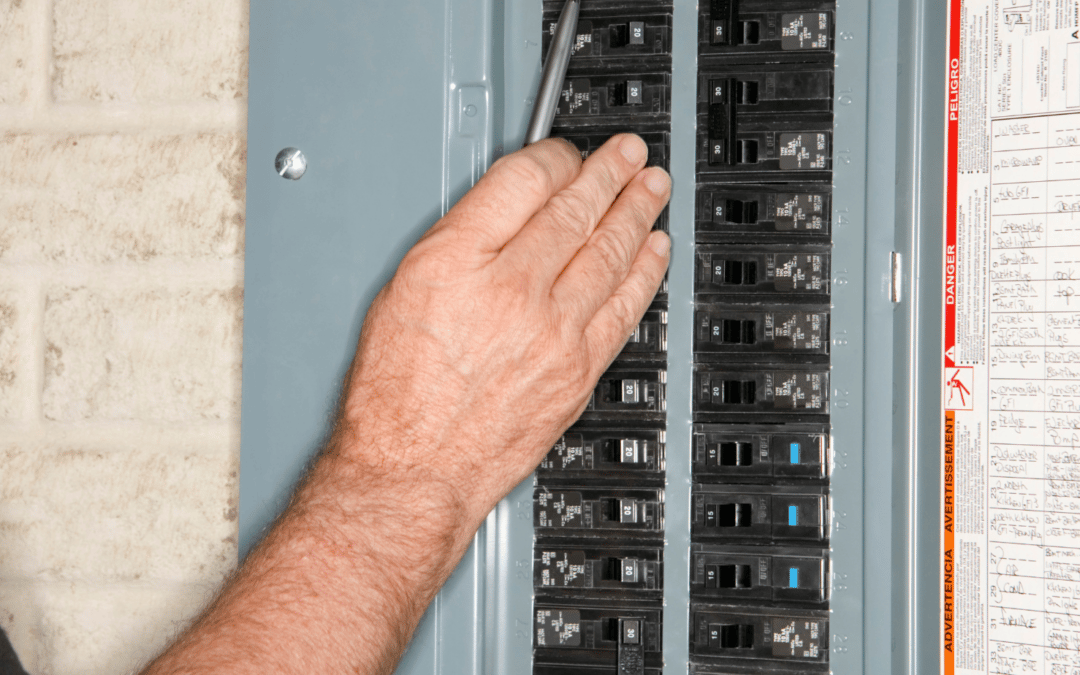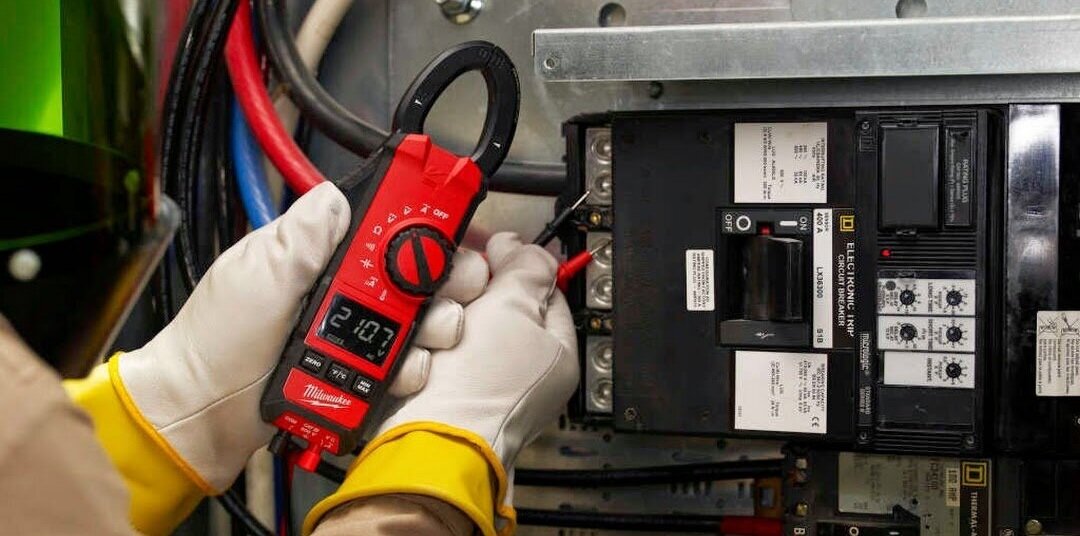Professional technical support for electrical industry challenges.
Professional technical support for electrical industry challenges.
Blog Article
Top Tips for Effective Electrical System Troubleshooting
Fixing electric systems calls for a methodical method, grounded in a detailed understanding of electric concepts and safety protocols. The nuances of effective fixing prolong beyond simple technological expertise; recognizing just how to document findings and prioritize safety can substantially affect results.
Understand the Essentials
Recognizing the fundamentals of electric systems is necessary for reliable troubleshooting, as a strong foundation allows specialists to identify and deal with issues more efficiently. A comprehensive grasp of electric concepts, such as voltage, present, resistance, and power, is important in determining the root triggers of problems. Voltage is the electrical possible distinction that drives present through a circuit, while resistance opposes the flow of existing, influencing the general performance of the system.
Knowledge with circuit elements, consisting of resistors, capacitors, diodes, and changes, is also vital. Each component plays a distinctive role in circuit actions and can affect efficiency when malfunctioning. Additionally, comprehending series and parallel circuit arrangements is important, as these setups influence the circulation of voltage and current within the system.
Technicians should be conscious of prospective threats, such as shock and brief circuits, to implement safe troubleshooting practices. By grasping these foundational ideas, service technicians boost their capacity to perform reliable diagnostics and repairs, ultimately leading to improved performance and reliability of electrical systems (electrical system troubleshooting).
Gather Necessary Tools
Efficient troubleshooting of electric systems calls for the ideal set of tools to diagnose and settle concerns accurately. Crucial devices include a multimeter, which gauges voltage, present, and resistance, allowing for specific examinations of electrical parts.
Furthermore, insulated hand devices such as screwdrivers, pliers, and cable strippers are critical for safely manipulating electric connections. It is additionally a good idea to have a circuit tester on hand to validate the existence of voltage in outlets and cords. For more complex systems, a thermal imaging video camera can help identify overheating parts, suggesting potential failings.

Comply With a Methodical Strategy
Having actually gathered the appropriate tools, the next action in troubleshooting electrical systems is to follow a methodical method. A systematic method makes certain that technicians can identify faults efficiently and accurately, reducing downtime and stopping unnecessary repair services.
Begin by assessing the system's schematic layouts and specs. Recognizing the design and functional criteria will certainly provide context for diagnosing issues. Next, isolate the problem area by using a process of elimination. This involves monitoring each element methodically, beginning with the power resource and functioning in the direction of the load.
Make use of testing tools, such as multimeters and oscilloscopes, to collect objective information regarding voltage, current, and resistance at numerous points within the system. This empirical evidence will certainly guide your troubleshooting initiatives and assist to confirm or remove prospective reasons of failing.
Additionally, consider ecological aspects that may affect the system's efficiency, such as temperature changes or moisture access. A detailed inspection of circuitry, links, and parts will make certain that all opportunities are made up.
File Your Findings
Extensive paperwork is crucial in the troubleshooting process of electrical systems. This technique not only aids in comprehending the root reason of the issue yet additionally serves as a reference for future troubleshooting efforts.

Furthermore, maintaining a log of components changed or repair services carried out is important. This information supports supply administration and can assist assess the long life and integrity of particular components.
Inevitably, the paperwork process should be detailed yet succinct, enabling very easy retrieval and review - electrical system troubleshooting. By prioritizing thorough paperwork, service technicians can create a valuable understanding base that not just help in present troubleshooting however also encourages future upkeep initiatives, therefore enhancing overall system integrity

Prioritize Precaution
Recognizing the integral risks related to electric systems is important for ensuring safety and security during troubleshooting. Electric shock, burns, and tools damage are simply a few of the possible risks that professionals face. Prioritizing safety and security measures is not only a lawful commitment but likewise an ethical vital that safeguards both the professional and the surrounding environment.
Before beginning any kind of troubleshooting job, specialists must wear ideal personal protective devices (PPE), including protected handwear covers, shatterproof glass, and flame-resistant clothes. Ensuring that the work location is completely dry and cost-free of mess can significantly decrease the danger of mishaps. It is crucial to de-energize circuits before beginning any work, confirming that they are not live with the usage of a multimeter or voltage more information tester.
Developing clear interaction procedures with employee is likewise crucial; this makes sure that every person knows prospective risks and the condition of the electrical system being serviced. Last but not least, having an emergency situation feedback strategy in location can show indispensable in the event of an event. By prioritizing safety measures, professionals can properly alleviate risks and cultivate a much safer workplace.
Conclusion
Reliable electrical system troubleshooting relies upon a detailed understanding of fundamental concepts my sources and a methodical approach. By collecting important devices, adhering to organized examination techniques, and diligently documenting searchings for, the fixing procedure ends up being much more reliable and reliable. Focusing on safety and security steps ensures the wellness of individuals entailed and the stability of the electric system. Executing these approaches will boost the troubleshooting experience, bring about quicker resolutions and improved functional performance in electrical systems.
Report this page